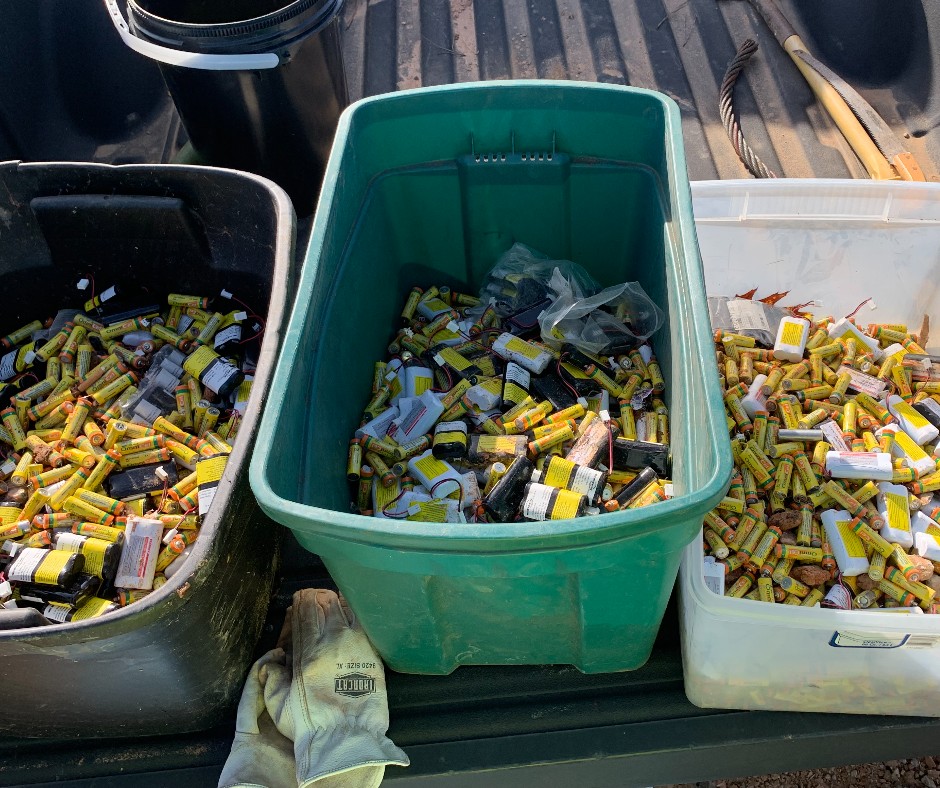Many of the products in your home can contain hazardous or toxic chemicals. Using or getting rid of these the wrong way can be dangerous for your health and the environment. Products with hazardous substances are labeled with words like “toxic,” “flammable,” or “corrosive.”
The average United States household creates about 30 pounds of hazardous waste yearly. That comes up to about 1.6 million tons in the U.S. every year. Take a look around your home and see if you can locate these items (and a few more). We’ll help you dispose of them properly!
Kitchen
If you’re not a pro in the kitchen, cooking (and cleaning) may seem “hazardous” in itself. Even if you’re an amateur like me, you should never pour kitchen grease down the sink. Along with grease, you’ve probably encountered these other hazardous items.
- Disinfectants
- Floor cleaner
- All-purpose cleaner
- Oven cleaner
Bathroom
As the saying goes, beauty is pain. Whether or not that’s true, it’s a fact that your personal care items can also be hazardous. Next time you’re getting ready for the day, check your bathroom cabinets for these products.

- Nail polish and remover
- Hydrogen peroxide
- Isopropyl alcohol
- Aerosol cans with products (empty cans can go in the trash)
- Toilet cleaner
- Hair spray
- Drain cleaner
- Thermostats and thermometers
Garage and Automotive
Vroom vroom! This one’s for the car owners and enthusiasts alike. Keeping your car in working and pristine condition can take a lot of work and sometimes the use of hazardous products.
- Brake fluid (5-gallon limit)
- Car wax
- Motor oil (up to 20 gallons per day, per resident)
- Driveway sealant
- Gasoline
- Antifreeze (20-gallon limit)
Closet and General Supplies

It’s time to tackle your craft rooms, junk drawers, and random supply closets! The stuff you may have stored in these places makes up more than a third of the household hazardous waste in daily garbage.
- Rechargeable batteries
- Lithium-ion batteries
- Aerosol cans with products (empty cans can go in the trash)
- Fluorescent light tubes and bulbs
- Paint thinner
- Paint (latex and oil-based up to 100 pounds)
- Glues and adhesives
Outdoor and Backyard
There’s nothing wrong with wanting to keep your grass green, your pool blue and your home pest-free. However, most of the items that help with that contain hazardous chemicals.
- Charcoal containing flammable agents
- Fertilizers
- Herbicides
- Insect repellents
- Pool chemicals
- Rodent killer
Wiping Out Hazardous Waste
Now that you have an idea of where these items might be, you may be asking, “how do I bring them to the full-service centers?” Here’s what to do:
- Store material in its original container (if possible).
- Make sure your containers don’t leak.
- Label contents clearly.
- Never mix different or unknown chemicals.
- Keep away from heat.
- Pack materials securely in a sturdy box.
You can bring the materials to any Mecklenburg County full-service recycling center for free disposal. Once you arrive, just let our on-site staff know that you have hazardous waste, and we’ll take it from there!
If you still have questions about what household hazardous waste is, use our CheckMeck Waste Search tool online or email us at SolidWaste@MeckNC.gov. Since you’re already coming to the recycling center, bring foam, clothes, shredded paper and books, too.
NOTE: Mecklenburg County Solid Waste and Recycling does not accept any business hazardous material per Federal and State laws. The County has quarterly events to help small businesses. Otherwise, businesses should contact the North Carolina Department of Environmental Quality.
